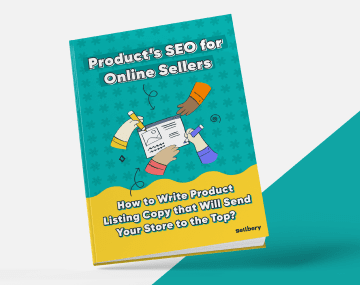
No matter how effective your geofencing marketing strategy is, all your efforts may be futile if you commit certain mistakes. Click to learn more about the mistakes.
It is hard to find a person who does not use a smartphone in today’s date. This dependency on smartphones gives businesses a great opportunity to market their products and services to their target audiences through geofencing. Geofencing is a great way to display location-based ads, messages, and notifications to your target audience when they enter or pass through a virtually fenced area.
Unfortunately, marketers often commit certain mistakes that neutralize all their geofencing marketing efforts. While you may take professional help from geofence marketing providers, you must avoid the following mistakes at all costs:
1. Not Taking Advantage of Frequency Capping
Individual smartphone users receive thousands of ads and notifications every day. Brands need to place a cap on the number of times an ad or notification will be displayed to a prospect so that they do not get overwhelmed. If you forget to put a frequency cap on your geofencing ads, you may end up sending countless ads to your prospects. And when that happens, users start to ignore such ads from the brand. To avoid such a negative user experience, you need to set a reasonable cap on the number of ads displayed per person.
2. Neglecting Walk-in Tracking
With geofencing, brands can drive both online and offline traffic to their business. While most brands keep track of their digital traffic, they often forget to track their walk-in traffic. As a brand, if you are ignoring the walk-in traffic, you are potentially missing several crucial data points. When geofencing ads are set up, you get the option to track customers who visit your store because of a well-placed geofencing ad by drawing a second fence right around the store. With this practice, you can track people who saw the ad first and passed through the second fence to enter your store.
3. Excessive or Limited Coverage
While establishing geofences, it is necessary to set up the right parameters for your ads. If you choose to cast a wider fence over a broad area, it may cost you a significant amount of money. It is also difficult to create ad copy for different people around the selected area. On the other hand, if you do not fully utilize the dayparting feature, you may end up featuring the ad to people who are less likely to buy your product. Setting the parameters too narrowly can also harm your marketing efforts by displaying the ads to the same people multiple times. It is important that you develop an understanding of the buyer behavior to set the right parameters for geofencing ads.
4. Tracking Data Inaccurately
Geofencing ads need to target prospective customers in order to work effectively. If you are tracking data inaccurately, it becomes almost impossible to perform this task. Data changes very rapidly as people move from one place to another, both physically and online. Thus, it is challenging to get quality location data sources in geofencing. Moreover, data can go ‘bad’ due to various factors like cached location data, lack of recency filter, and IP changes. Thus, you need to verify where the data comes from.
5. Wrong Placement of Ads
Businesses need to be smart about the placement of their ads while setting up the geofences. If you run a bar and place its ads near a school or children’s park, it will not get any engagement. Moreover, it could upset a few people. It is recommended that you do some market surveys and see where your target audience spends most of their time. You should also consider analyzing the parameters that define where the ad may appear to align well with the kinds of ads your team has created.
Conclusion
If you are relying on your geofencing marketing efforts for the success of your business, you cannot afford to make these aforementioned mistakes. It is always better to develop a thorough understanding of your target audience before employing those geofencing ads. If used correctly, this marketing strategy can take your business to the next level.
Was this news helpful?







 Yes, great stuff!
Yes, great stuff! I’m not sure
I’m not sure No, doesn’t relate
No, doesn’t relate



